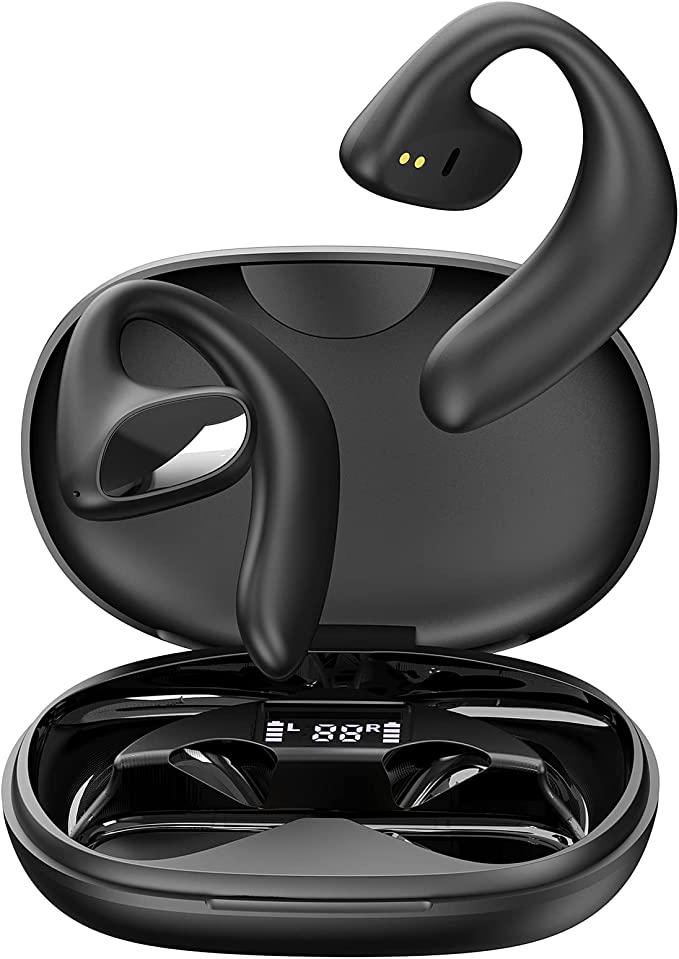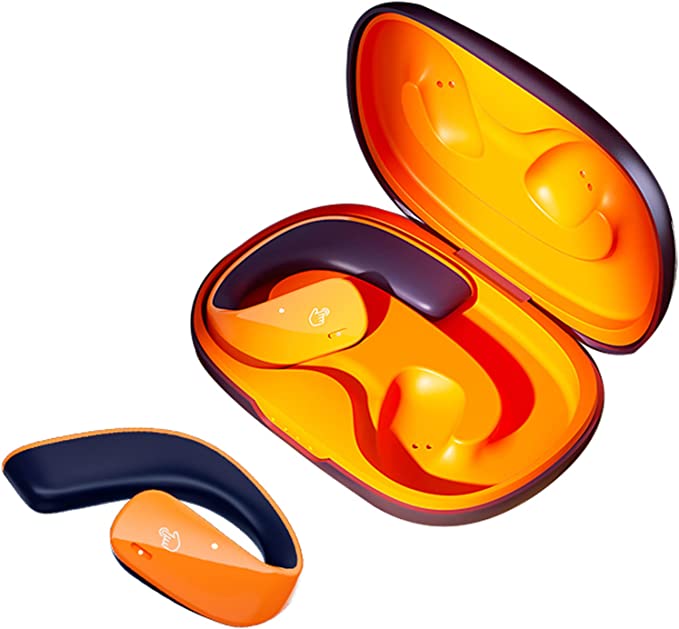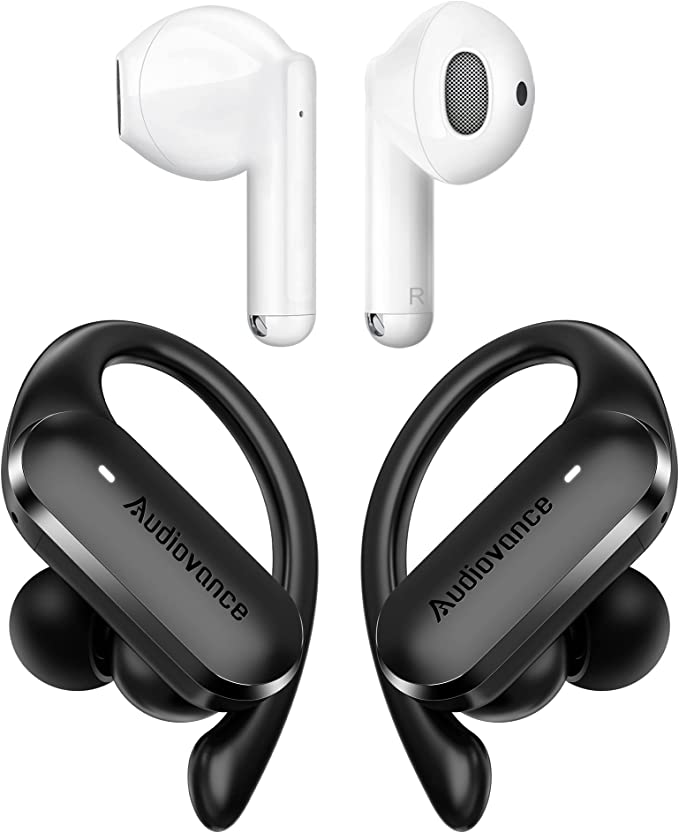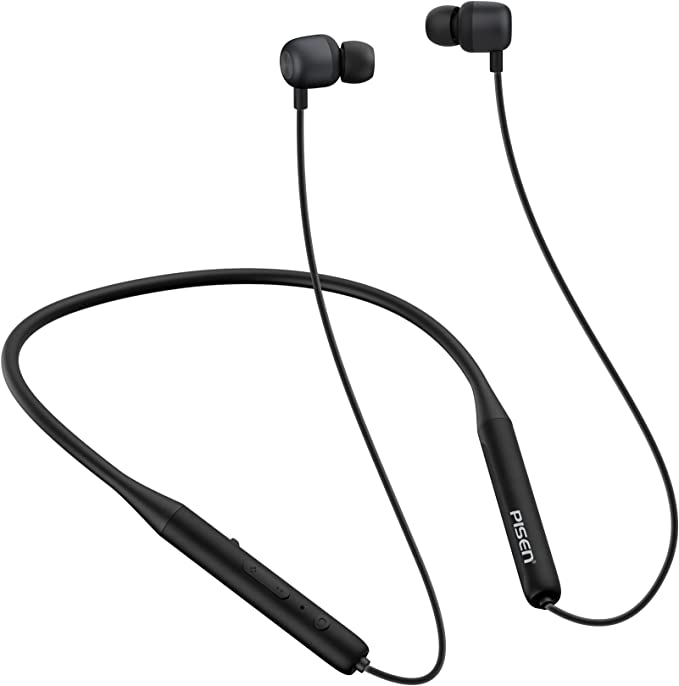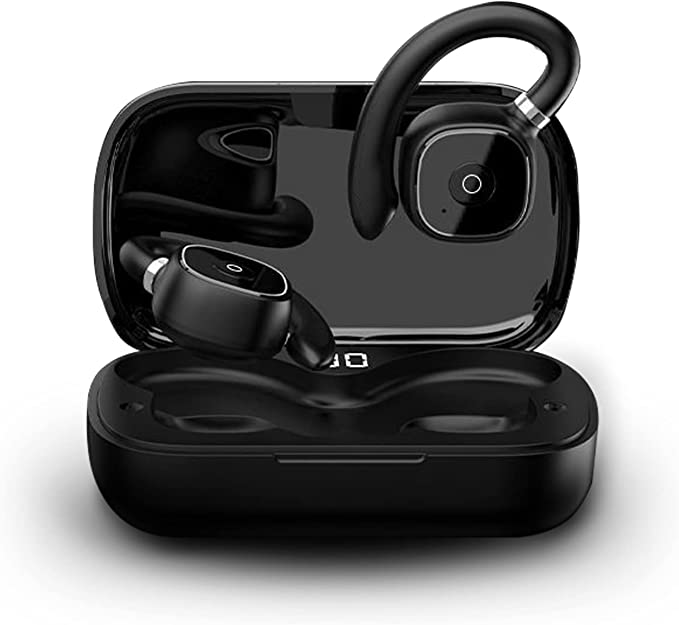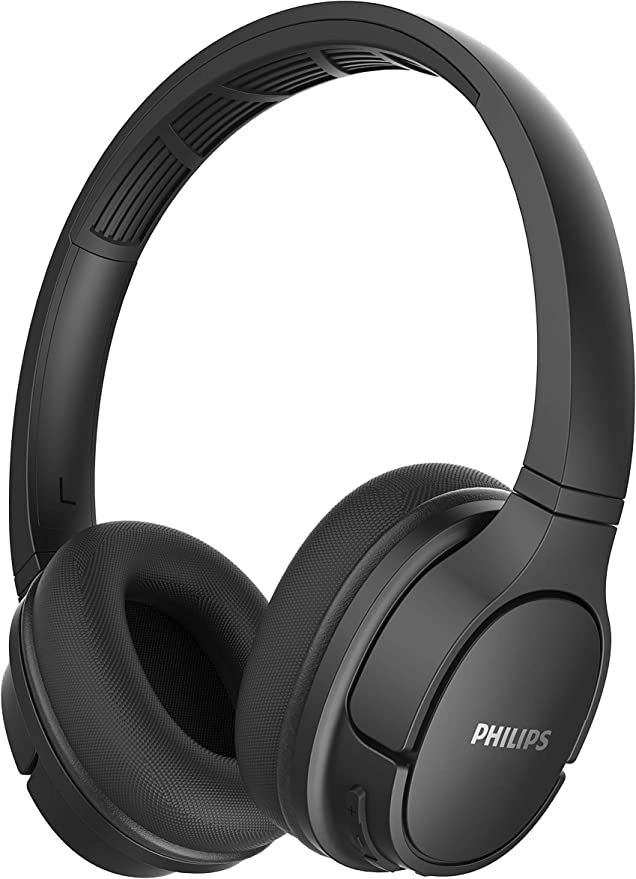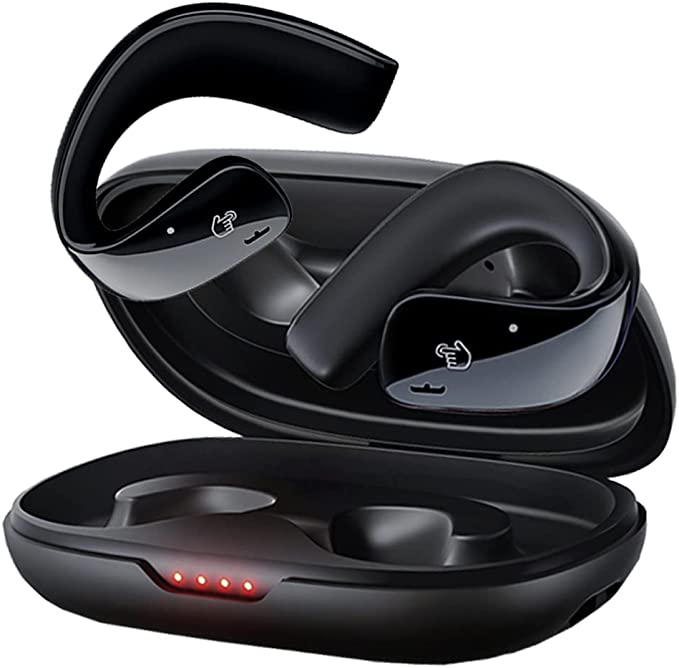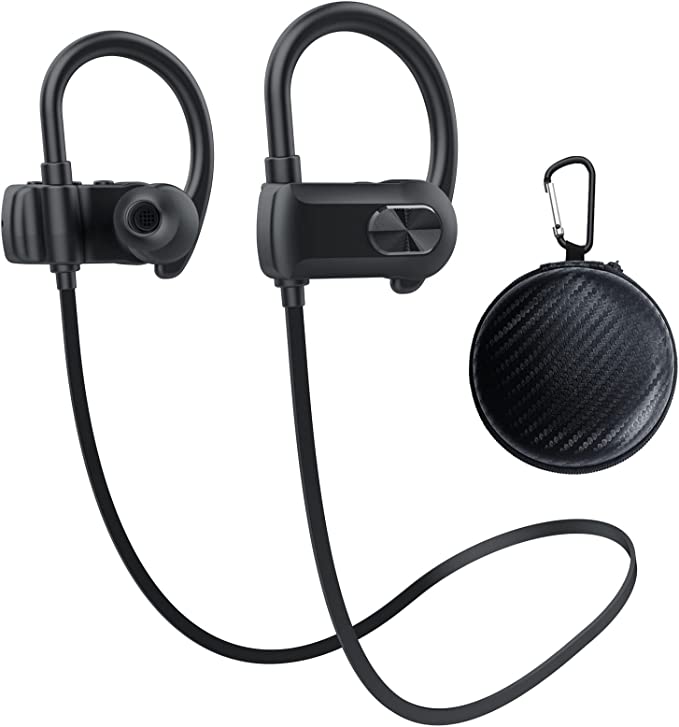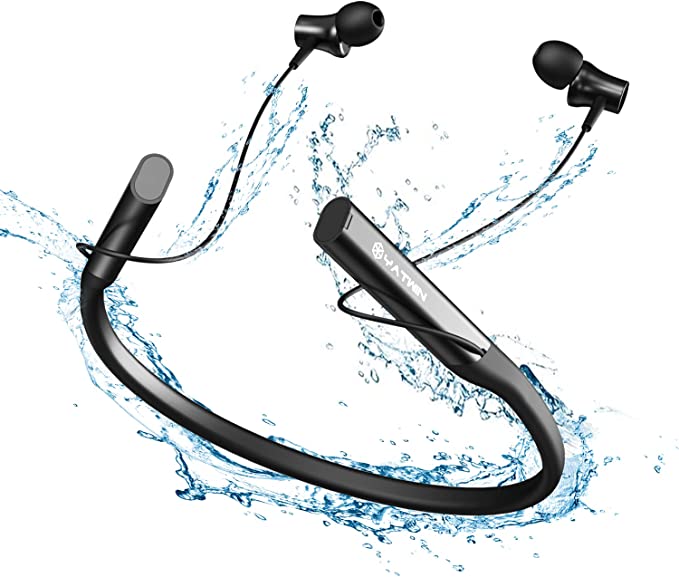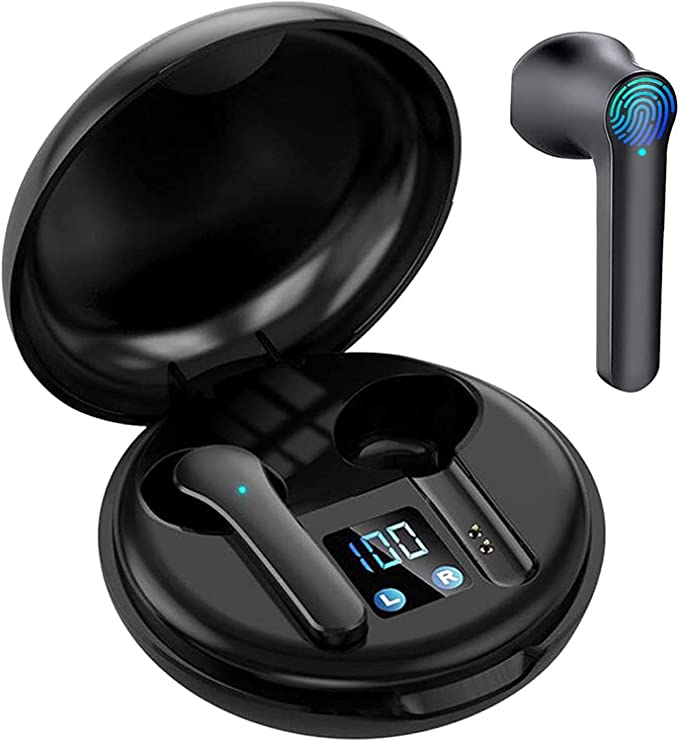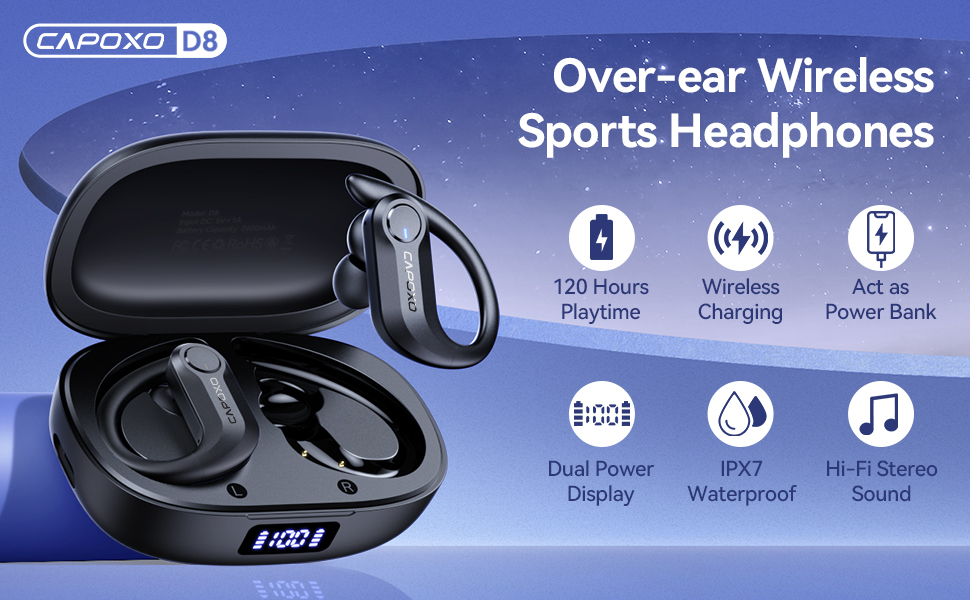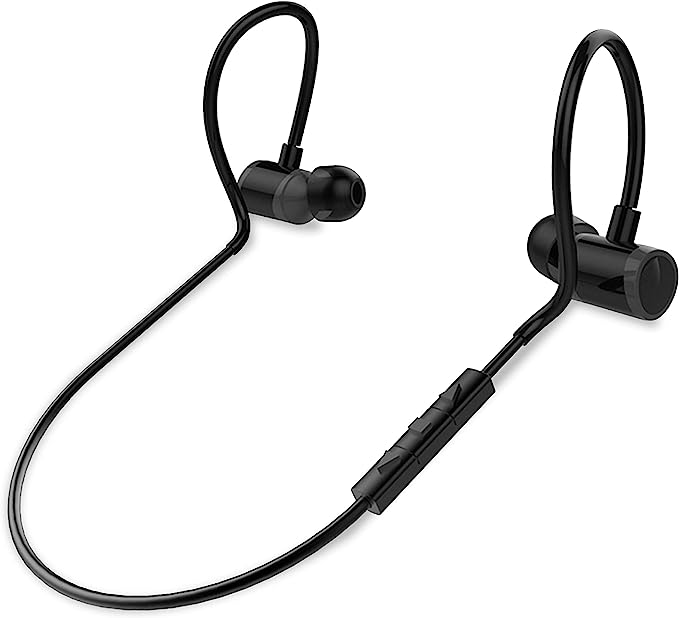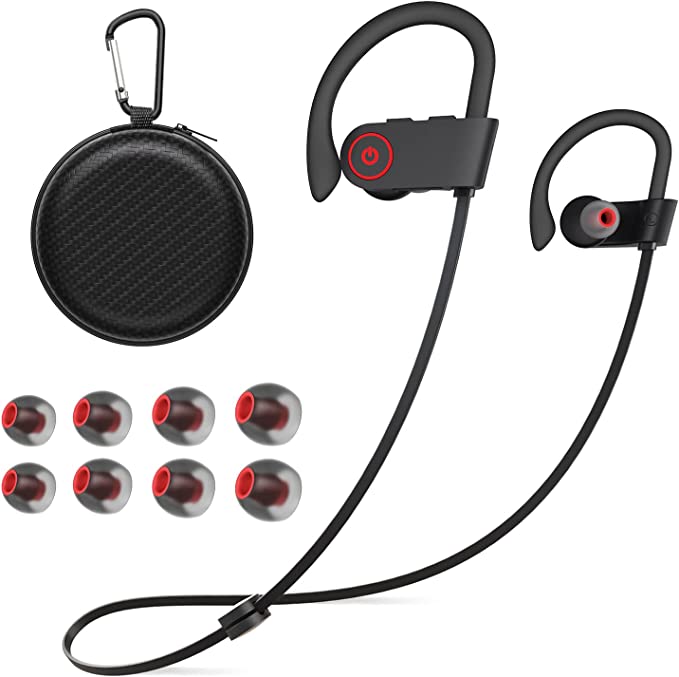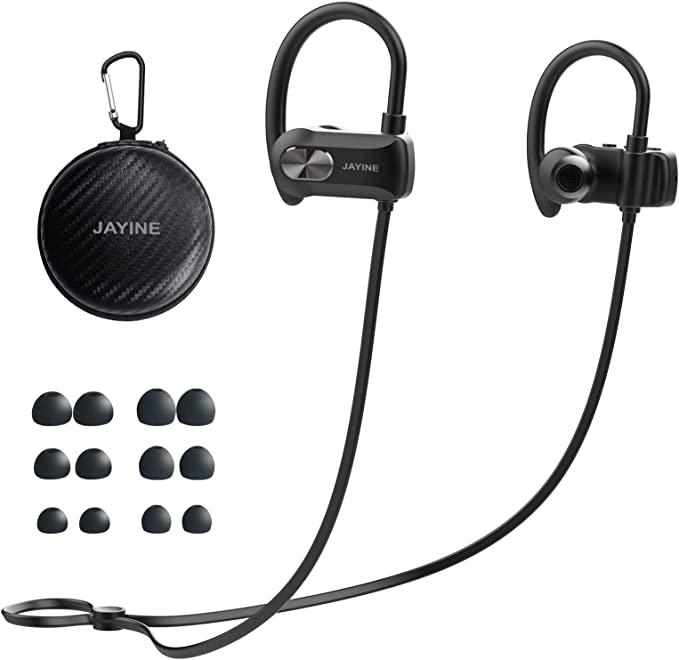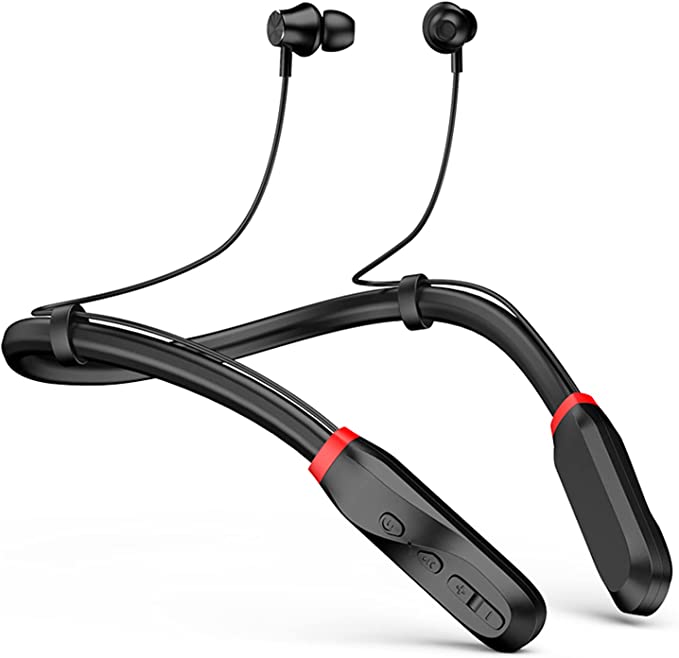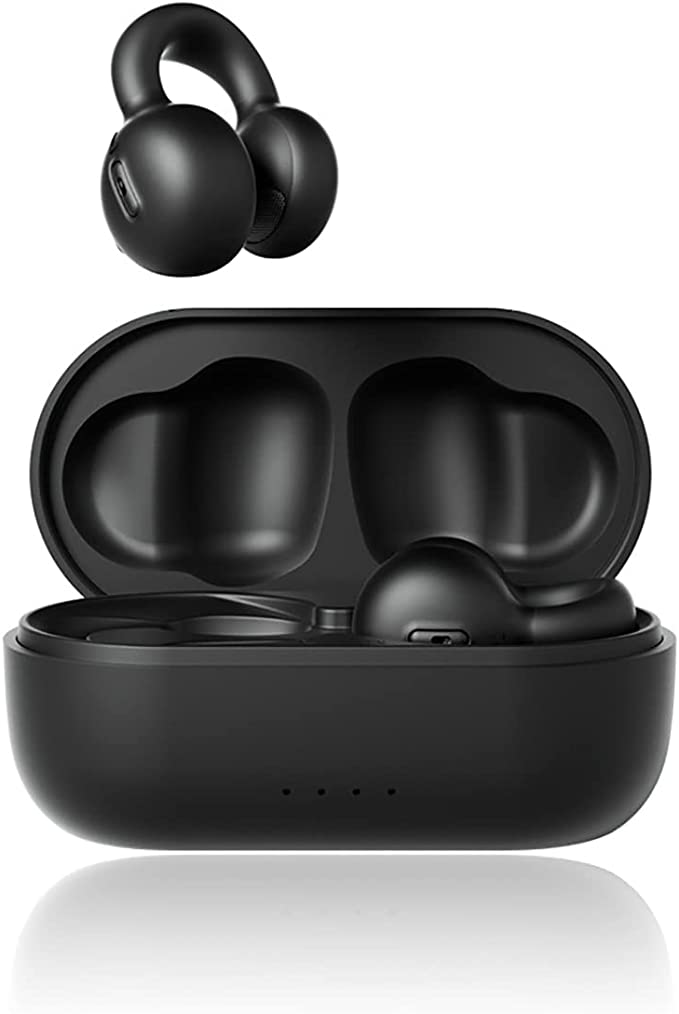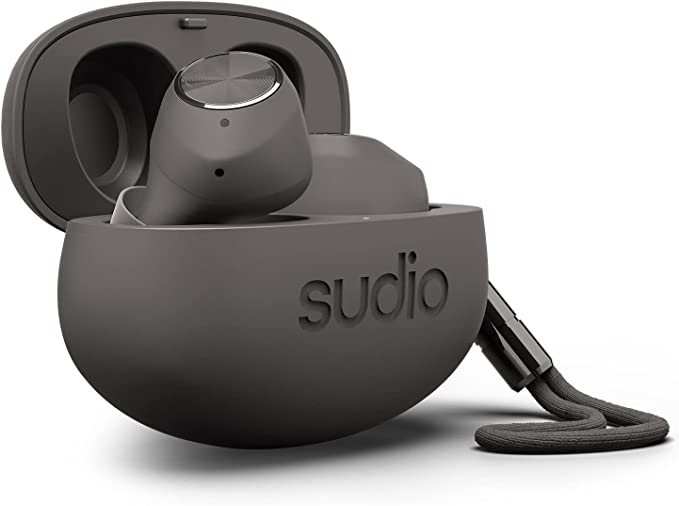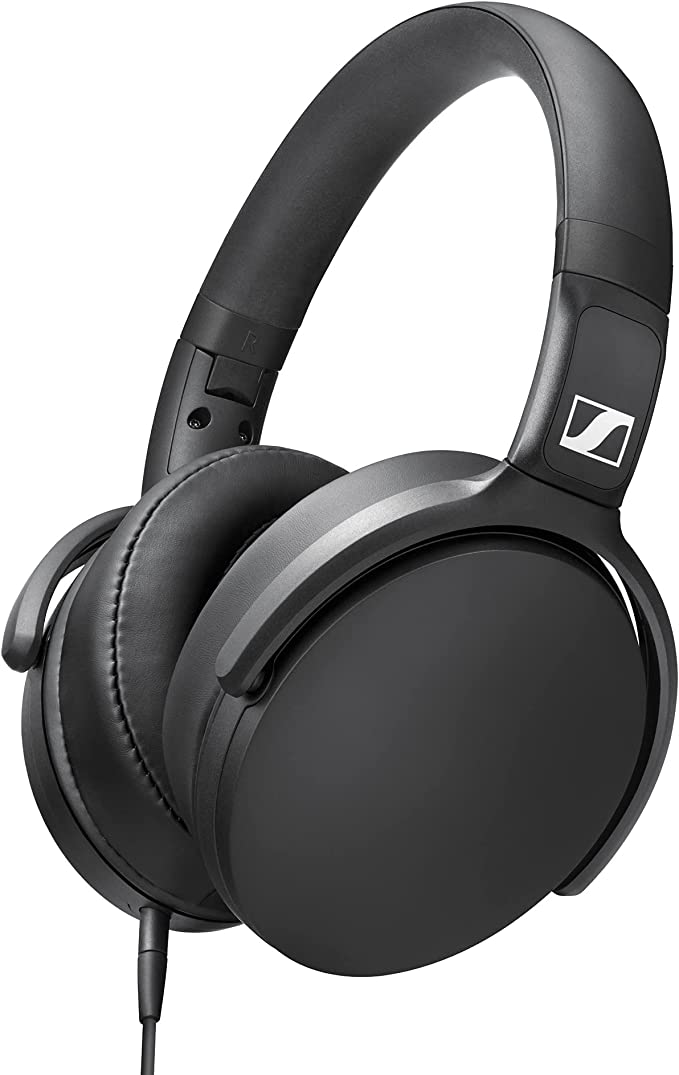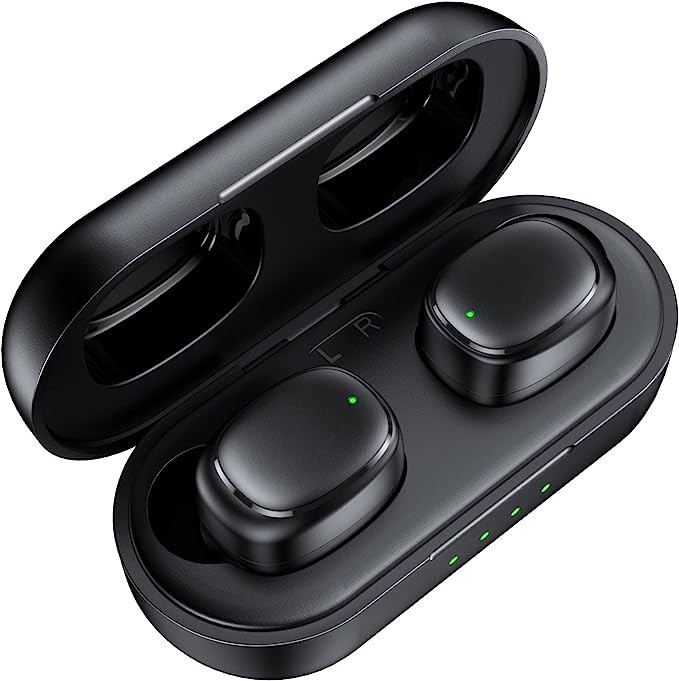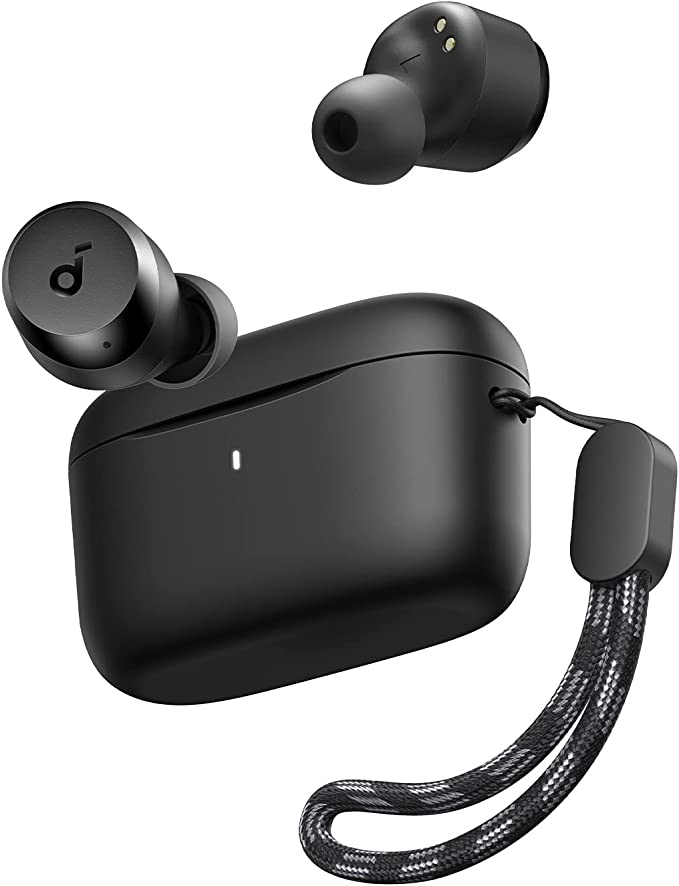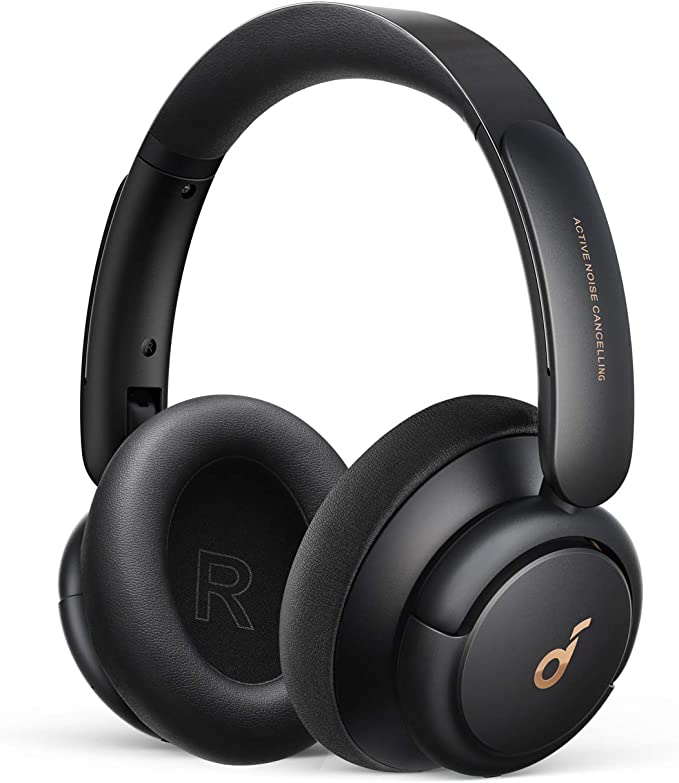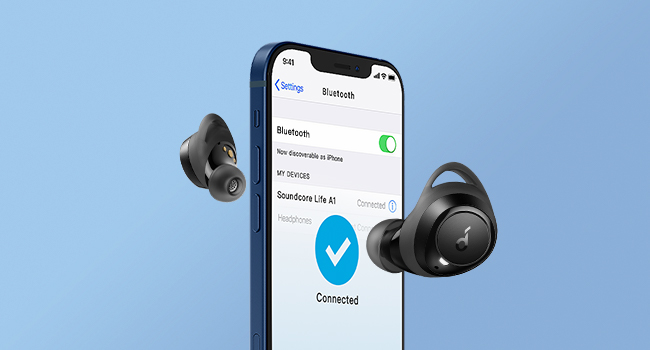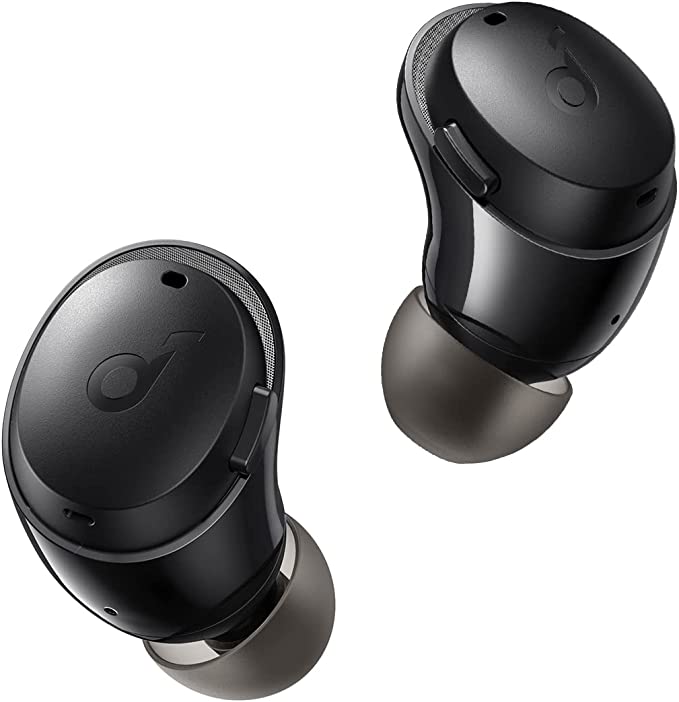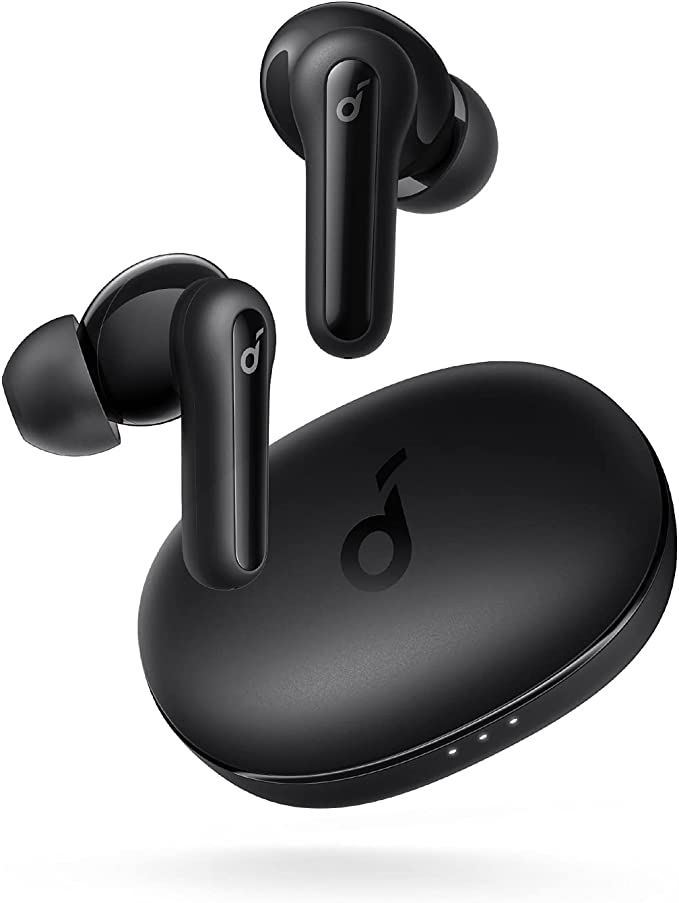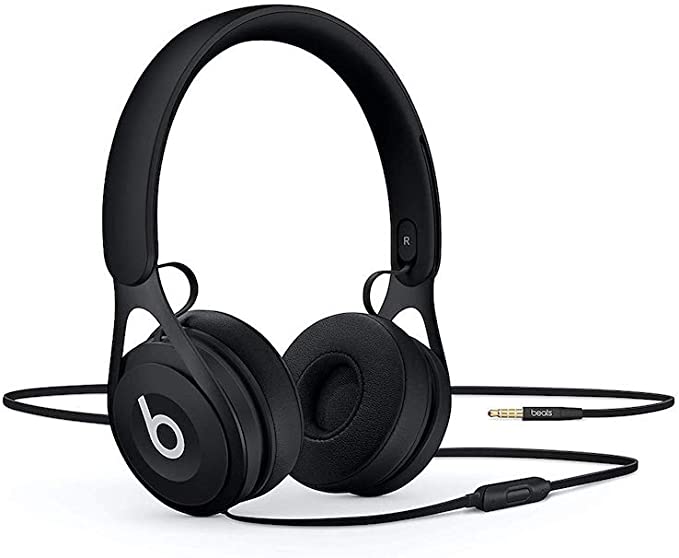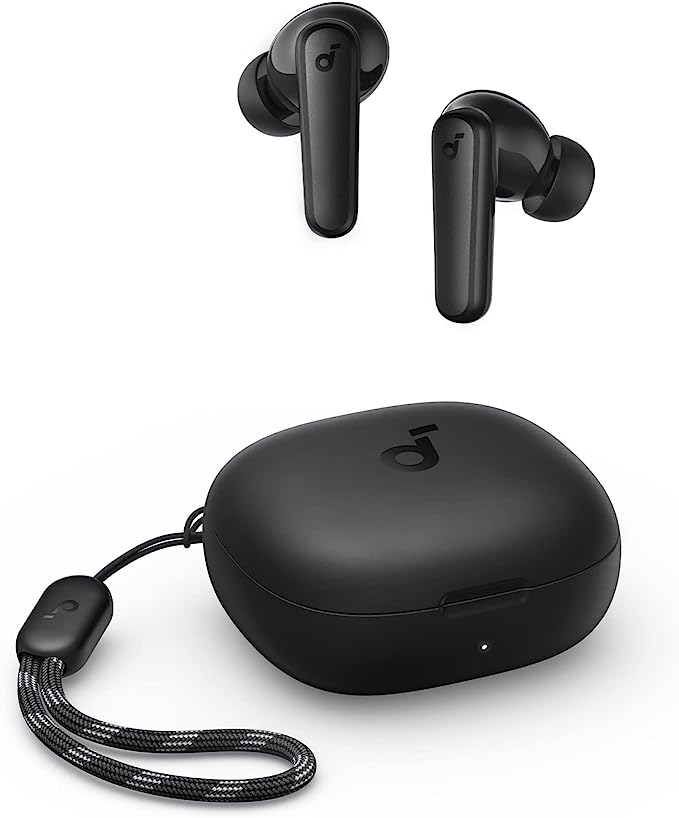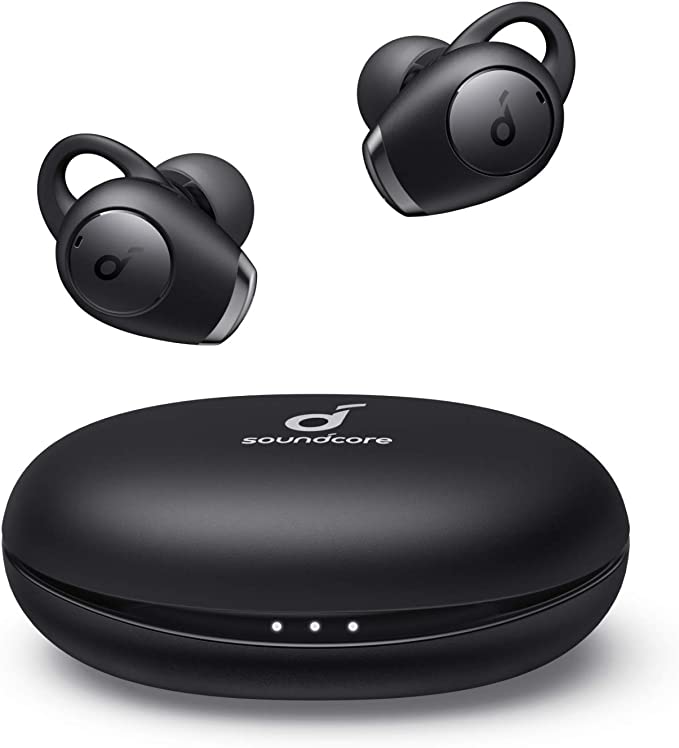Mosonnytee F2 Pro Open Ear Headphones: Stay Aware, Stay Safe, Stay Motivated
Update on March 7, 2025, 3:18 p.m.
The rhythmic thump of your feet on the pavement, the wind whistling past your ears, the encouraging shout of a fellow runner… and the perfectly synced beat of your favorite workout playlist. For many of us, music is the essential fuel for our active lives. But traditional headphones, while great for immersive listening in controlled environments, often fall short when it comes to outdoor activities and workouts. They can block out crucial environmental sounds, creating a safety hazard, or cause discomfort and hygiene issues during intense physical exertion. Enter the open-ear headphone – a revolutionary approach to personal audio that’s changing the way we listen while we move.

The Evolution of Open-Ear: A Brief History
Headphones as personal sound devices came from very humble origins.
The earliest versions were developed in the late 19th century for telephone operators. They were heavy, bulky, and far from portable. The concept of “open-ear” as we know it today took much longer to emerge. Early attempts included speakers placed near the ears, but these lacked privacy and sound quality.
Bone conduction technology, pioneered in hearing aids and later adapted for headphones (most notably by Shokz), was a significant step toward open-ear listening. By transmitting sound vibrations through the bones of the skull, bone conduction headphones bypass the eardrum, leaving the ear canal open.
However, bone conduction isn’t the only approach. Air conduction open-ear headphones, like the Mosonnytee F2 Pro, represent a different branch of this evolution. They use miniature speakers positioned near the ear to direct sound towards the ear canal without physically blocking it. This method offers a balance between environmental awareness and a more traditional audio experience.

Open-Ear vs. Traditional Headphones: A Sound Perspective
The fundamental difference between open-ear and traditional headphones lies in how they deliver sound to your ears. Traditional in-ear or over-ear headphones create a seal around or inside your ear canal. This isolation is excellent for blocking out external noise and creating an immersive listening experience, ideal for focused listening in quiet environments. However, this very strength becomes a weakness when you need to be aware of your surroundings.
Open-ear headphones, on the other hand, prioritize situational awareness. By leaving your ear canal open, they allow you to hear ambient sounds – traffic, conversations, warning signals – alongside your audio. This is crucial for safety, especially during outdoor activities like running, cycling, or even walking in a busy city. The trade-off, of course, is a reduction in noise isolation. You won’t experience the same level of immersive sound as you would with noise-canceling headphones, and in very noisy environments, your audio might be partially masked. But for many active individuals, the safety and comfort benefits outweigh this compromise.
Understanding the Tech Behind Open-Ear
The Mosonnytee F2 Pro, and other air conduction open-ear headphones, achieve their unique sound delivery through a combination of clever acoustic design and precise speaker placement.
-
Directional Audio: Unlike traditional headphones that disperse sound in all directions, open-ear headphones use carefully positioned and angled speakers to direct sound waves towards your ear canal. Think of it like a tiny, focused loudspeaker aimed at your ear. This minimizes sound leakage (sound that others around you can hear) while still allowing you to hear environmental sounds.
-
Air Conduction: As the name suggests, these headphones rely on air to transmit sound waves to your eardrum, just like normal hearing. This is different from bone conduction headphones, which bypass the eardrum and send vibrations through the skull. Air conduction generally provides a more natural and familiar sound signature compared to bone conduction.
-
Acoustic Chambers: The physical design of the headphone housing, including the shape and size of the acoustic chambers around the speakers, plays a crucial role in shaping the sound. These chambers are carefully engineered to optimize sound projection, minimize distortion, and reduce sound leakage.
Mosonnytee F2 Pro: Safety, Visibility, and Peace of Mind
The F2 Pro isn’t just about open-ear technology; it’s about enhancing the entire active experience. One standout feature is its integrated flashing lights on the earhooks. As a runner myself, I can’t overstate the importance of visibility during evening or early morning workouts. According to the National Highway Traffic Safety Administration (NHTSA), pedestrian fatalities are disproportionately higher during nighttime hours. The F2 Pro’s flashing lights make you significantly more visible to drivers, cyclists, and other pedestrians, adding a crucial layer of safety to your outdoor activities. Activating this feature is simple: just four quick presses of the multi-function button.
Beyond the lights, the F2 Pro boasts an IPX5 waterproof rating. What does IPX5 actually mean? The “IP” stands for “Ingress Protection,” and the “X” indicates that the device hasn’t been formally tested for dust protection (which isn’t a major concern for headphones anyway). The “5” refers to the level of protection against water. An IPX5 rating signifies that the F2 Pro can withstand water jets from any direction. This means you don’t have to worry about sweat during intense workouts or getting caught in a sudden downpour. You can confidently push your limits, knowing your headphones are built to endure the elements.
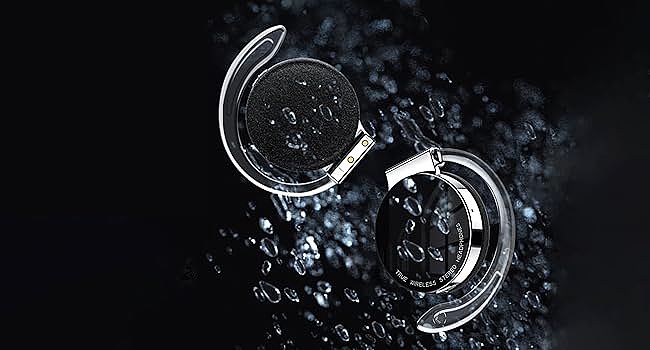
Mosonnytee F2 Pro: Connectivity That Keeps Up
The F2 Pro utilizes Bluetooth 5.2, the latest iteration of this ubiquitous wireless technology. But what makes Bluetooth 5.2 superior to its predecessors?
- Enhanced Stability: Bluetooth 5.2 incorporates features like Connection-Oriented Channel Quality Indication (CO-CQI), which allows devices to monitor the quality of the Bluetooth connection and dynamically adjust parameters to maintain a stable link, even in environments with interference from other wireless devices.
- Lower Latency: While not as dramatic a shift as some earlier Bluetooth upgrades, 5.2 offers incremental improvements in latency (the delay between when audio is sent and when you hear it). This is particularly beneficial for video and gaming, where even slight delays can be noticeable.
-
Increased Efficiency: Bluetooth 5.2 is designed to be more power-efficient, which translates to longer battery life for your headphones and your connected device.
-
Clear Call Quality.The F2 Pro features ENC for noise reduction.
The result is a more reliable and seamless wireless experience. You’re less likely to experience dropouts or stuttering audio, even in crowded areas with lots of wireless activity. The 33-foot range provides ample freedom of movement, whether you’re at the gym, on the track, or working around the house.
Mosonnytee F2 Pro: Power Through Your Longest Workouts
Battery life is a crucial consideration for any wireless headphones, and the F2 Pro excels in this area. With up to 8 hours of continuous playback on a single charge and a total of 40 hours when combined with the charging case, you can power through multiple workouts, long runs, or even a full day of listening without needing to reach for a charger. The charging case provides four full recharges, and the 90-day standby time means you don’t have to worry about your headphones being dead if you haven’t used them in a while.

How to Wear and Maintain Your Open-Ear Headphones
Getting the most out of your Mosonnytee F2 Pro headphones involves proper wear and care:
- Positioning: Place the earhooks over your ears, ensuring the speakers rest comfortably near your ear canal, but not inside it. The fit should be snug but not tight. You should be able to move your head freely without the headphones shifting or falling off.
- Button: The multi-function button can control music and activate the light.
- Cleaning: After each workout, wipe down the headphones with a soft, slightly damp cloth to remove sweat and debris. Avoid using harsh chemicals or abrasive cleaners.
-
Storage: When not in use, store the headphones in the included charging case. This protects them from damage and keeps them charged and ready for your next workout. The charging case itself is compact and portable, making it easy to slip into a gym bag or pocket.
-
Sound Leakage Considerations: While open-ear headphones are designed to minimize sound leakage, it’s still a factor to be aware of. At higher volumes, especially in very quiet environments, some sound might be audible to those around you. Be mindful of your surroundings and adjust the volume accordingly.
-
Alloy Diaphragm Deep Dive (Mosonnytee F2 Pro): The F2 Pro utilizes what’s described as an “alloy diaphragm.” While the precise alloy composition isn’t publicly disclosed (which is common in the audio industry to protect proprietary designs), we can infer some general benefits based on the known properties of alloys used in audio drivers. Alloys, by definition, are mixtures of two or more metals (and sometimes non-metals). In headphone diaphragms, alloys are often chosen for their combination of:
- High Stiffness (Young’s Modulus): A stiffer diaphragm can move more precisely and respond faster to the electrical signals from the amplifier. This translates to improved clarity and detail in the sound reproduction, especially in the higher frequencies (treble).
- Low Mass (Density): A lighter diaphragm requires less energy to move, making it more efficient and responsive. This contributes to a more dynamic and “punchy” sound, particularly in the bass and mid-range.
- Good Internal Damping: Internal damping refers to a material’s ability to dissipate vibrations. In a diaphragm, good damping helps to control unwanted resonances and vibrations that can cause distortion and coloration of the sound. Alloys can be engineered to have specific damping characteristics, leading to a cleaner and more accurate audio output.
Compared to traditional diaphragm materials like paper, plastic, or even some metals, alloys often offer a superior balance of these three key properties. While the “best” material is always a matter of specific design goals and trade-offs, the use of an alloy diaphragm in the F2 Pro suggests a focus on achieving a clear, detailed, and dynamic sound signature.
-
ENC, Explained:
Environmental Noise Cancellation, or ENC, is used in the Mosonnytee F2 Pro.
It is a technology used to reduce background noise during phone calls.
ENC uses multiple microphones to capture both your voice and the surrounding noise.
It’s important to note that ENC primarily focuses on outgoing audio (what the person on the other end of the call hears). It doesn’t cancel noise for the user of the headphones in the same way that Active Noise Cancellation (ANC) does. ANC is a more complex and resource-intensive technology that uses microphones and speakers to create “anti-noise” that cancels out incoming sounds for the listener. The F2 Pro, being an open-ear design, prioritizes situational awareness, so ANC would be counterproductive to its core purpose.

The Future of Open-Ear
The Mosonnytee F2 Pro represents a significant step forward in open-ear headphone technology, but the evolution is far from over. We can expect to see continued advancements in several areas:
- Improved Sound Quality: Further refinements in acoustic design, driver technology, and digital signal processing (DSP) will continue to push the boundaries of open-ear audio quality, potentially narrowing the gap with traditional headphones.
- Smarter Features: Integration with AI assistants, fitness tracking, and even real-time translation could become more common in open-ear headphones.
- Enhanced Personalization: Customizable audio profiles, adaptive sound adjustments based on the environment, and even personalized ear-shape modeling could tailor the listening experience to individual preferences.
- Miniaturization: As technology advances, we can expect even smaller and lighter open-ear designs, further enhancing comfort and portability.
- Hybrid Design: Combining the best features of both technology.
The Mosonnytee F2 Pro is more than just a pair of headphones; it’s a testament to how technology can adapt to our needs and enhance our active lifestyles. By prioritizing safety, comfort, and performance, open-ear headphones like the F2 Pro are empowering us to stay connected to our music and the world around us, whether we’re conquering a mountain trail or simply navigating a busy city street. They offer a compelling alternative to traditional headphones, particularly for those who value situational awareness and a comfortable, un-intrusive listening experience.
